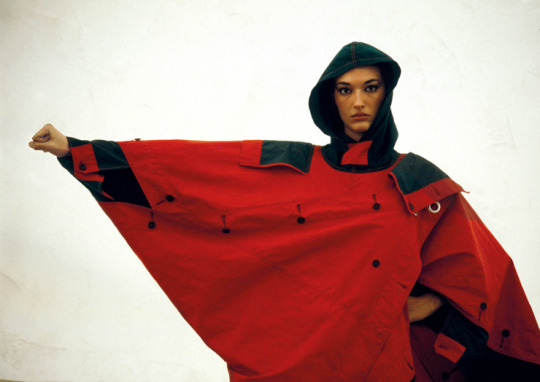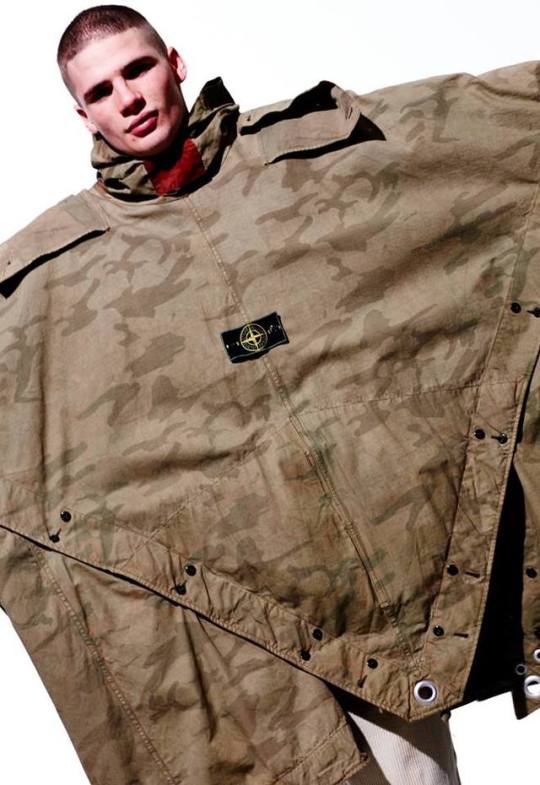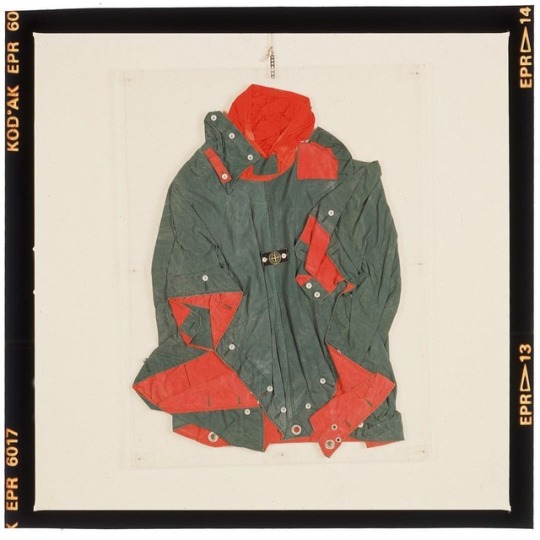#Zeltbahn Cape
Text
Plash palatka shelter

PLASH PALATKA SHELTER FOR FREE
PLASH PALATKA SHELTER HOW TO
PLASH PALATKA SHELTER PDF
PLASH PALATKA SHELTER INSTALL
With Animate CC, you can publish your content in HTML5, WebGL, video, VR, animated GIF, SWF, AIR, and more.
PLASH PALATKA SHELTER INSTALL
If you don’t have the software yet, just download a free working trial for any CC 2019 product for Windows or Mac (or try the complete Creative Cloud) – then install and start right away. You’ll need Animate CC to complete everything as outlined in the book. Related: Did you know that a “Star Wars” television series is created with Adobe Animate? The full digital book is about 24 MB in size, and the accompanying workshop assets are 9 MB:
PLASH PALATKA SHELTER PDF
You can download this guidebook in PDF format via the link given below.
Push the creative envelope using the latest new features in Animate.
Make your content interactive by leveraging simple code features within Animate,.
Take advantage of time-tested tips and techniques that let you work fast and produce compelling content for your projects,.
Use the rich capabilities of Animate to create an assortment of assets and animations,.
Joseph Labrecque, interactive content designer and developer, will show you how to: You’ll walk away with a solid foundation you can apply to your own projects.
PLASH PALATKA SHELTER HOW TO
Here is the overview description of this course:ĭiscover how to get started creating engaging animated and interactive content across multiple platforms in this hands-on lab exploring the professional tools in Adobe Animate CC.
PLASH PALATKA SHELTER FOR FREE
This special offer includes the main 59-page course workbook together with 9 MB of sample working assets, all of which you can download for free here. Labrecque conducted a paid Animate CC workshop at the Adobe MAX conference this month, and is now making the class’s training materials available to the general public completely free of charge. These digital books cover Creative Cloud, Creative Suite, Photoshop, Illustrator, InDesign, Acrobat, Dreamweaver, Muse, Lightroom and more – but until now, we haven’t always had a good and recent offering for Adobe Animate CC (formerly Flash Professional).įortunately, this has changed with the publication of the new “Creating Multiplatform Animations with Animate CC” guidebook, which comes from award-winning Adobe Education Leader and longtime Animate guru Joseph Labrecque. The British had a similar rain cape as did the US, post war the poncho was introduced in the British army but with the advent of gortex they have been withdrawn (due to being useless for keeping you dry and the hood being problematic for shelter making) and replaced with a PLCE basher, functional and one of the best items of kit we have at the moment.Over the years, we’ve put together a large collection of free Adobe books that we share with our readers here… This extensive set of helpful, no-cost books has now grown to over 30 different titles that you can legally download and use royalty-free, forever. The Russians had the 'plash palatka' which was rectangular and was used as a rain cape or basic shelter. Similar equipment has been issued in most armies for years, probably decended from the watch cloaks used since medieval times. Pretty cool eh? Sort of like an issue origami set. The Zeltbahn could also be used to make basic flotation aids: They were made in numerous patterns for both wehrmacht and SS, most of which were reversable. It could also be worn as a poncho to keep dry:Įarly ones were field grey (I have a couple of these, check me) but wartime they were camoflaged so that every soldier had some basic pattern disruptive clothing. The triangular zeltbahn is based on the square pattern of 1892 used up until the mid 30's, 4 could be buttoned together to make a four man tent (comfy to sleep in), more could be put together to form even bigger structures: The WW2 version is triangular with buttons along each side, holes in the corners for tent pegs and a tent pole. The German shelter quarter (or zeltbahn) was made from a cotton duck twill which when wet swells slightely making it more waterproof.

0 notes
Text
Plash palatka shelter

The final belt item was an entrenching tool. The belt would also carry a water bottle. A grenade pouch was usually worn on the left side. Reenactor websites I have viewed are insistent that it became routine to wear just one ammunition pouch, which was positioned on the right of the belt. At the start of the war a pouch was worn each side in the same fashion as a German soldier. So what did the Soviet soldier carry? There would be an ammunition pouch. Some removed the gas protection equipment and used the bags for more useful items. Once it was accepted that gas warfare was unlikely Soviet soldiers often did not bother to wear this bag. The Soviet equivalent was a canvas bag carried near the left hip. Other blades such as German trench knives or Finnish puukot might also have been carried.Īn iconic equipment item of the German soldier is the metal canister used to carry his gas mask. Scouts and some other troops might carry the NR-40 knife. While the bayonet was a useful fire poker, screwdriver, pot lifter and candlestick it was not much use as a utility knife. Bayonet scabbards tend to be all metal and on the heavy side in my experience, so this policy may have saved the Soviet soldier a few ounces of unnecessary weight. No bayonet scabbard was issued in wartime since they were not needed. Some other Soviet weapons had folding bayonets. It was also a handy implement for clearing a jammed cartridge. The standard bayonet had a screwdriver tip for adjustment of certain parts of the rifle. The Soviet rifle used a socket bayonet that was kept permanently attached to the rifle. The German usually placed his bayonet over his entrenching tool. The breadbag may placed inside the pack rather than being worn on the belt.Īnother “missing” item is the bayonet scabbard. Again the Soviet seems to have preferred to carry his rations and personal items in his pack. There was a Soviet version of the breadbag but it does not seem to have been so widely used. An older pattern of circular pail was also in use. The Soviet mess tin was a kidney section pail of similar design to the German. The Soviet seems to have preferred to carry his mess tin in his backpack or tied to the outside. Sometimes the mess tin was attached to the yoke or a backpack but carry on the belt was very common. The German routinely carried his mess tin and breadbag on his belt. The British had a similar rain cape as did the US, post war the poncho was introduced in the British army but with the advent of gortex they have been withdrawn (due to being useless for keeping you dry and the hood being problematic for shelter making) and replaced with a PLCE basher, functional and one of the best items of kit we have at the moment.The first thing you notice when comparing the German and the Soviet is what is not there. The Russians had the 'plash palatka' which was rectangular and was used as a rain cape or basic shelter. Similar equipment has been issued in most armies for years, probably decended from the watch cloaks used since medieval times. Pretty cool eh? Sort of like an issue origami set. The Zeltbahn could also be used to make basic flotation aids: They were made in numerous patterns for both wehrmacht and SS, most of which were reversable. It could also be worn as a poncho to keep dry:Įarly ones were field grey (I have a couple of these, check me) but wartime they were camoflaged so that every soldier had some basic pattern disruptive clothing. The triangular zeltbahn is based on the square pattern of 1892 used up until the mid 30's, 4 could be buttoned together to make a four man tent (comfy to sleep in), more could be put together to form even bigger structures: The WW2 version is triangular with buttons along each side, holes in the corners for tent pegs and a tent pole. The German shelter quarter (or zeltbahn) was made from a cotton duck twill which when wet swells slightely making it more waterproof.

1 note
·
View note
Photo

Stone Island Tela Stella Zeltbahn Cape 1982
13 notes
·
View notes
Photo


Stone Island SS1982 – Zeltbahn Cape.
Source: aurawithanm
72 notes
·
View notes
Photo

Stone Island 1990 Ice Jacket Camouflage Zeltbahn Cape as seen on ARENA HOMME+
6 notes
·
View notes
Photo

Stone Island Zeltbahn Cape framed between two plexiglass sheets, shot for advertising in “Il Venerdì Di Repubblica” August 1990
19 notes
·
View notes